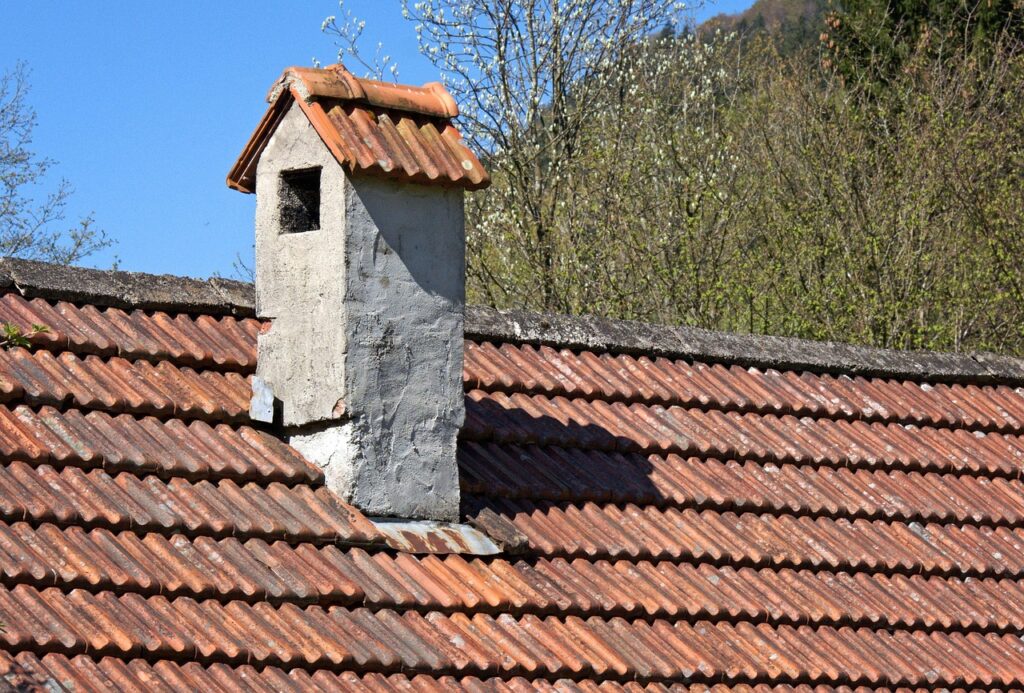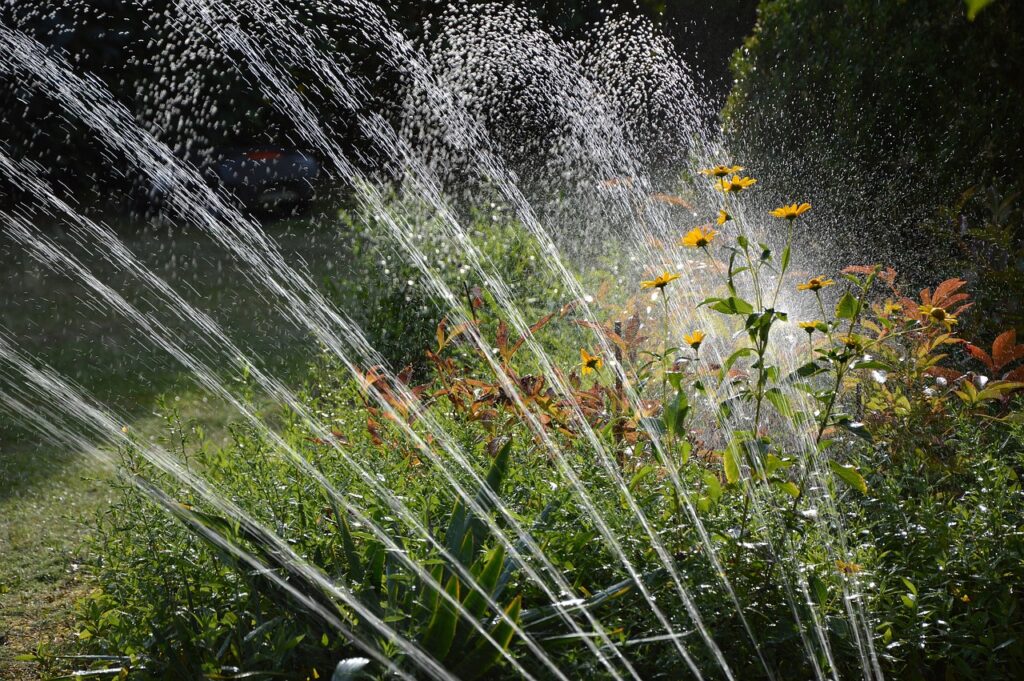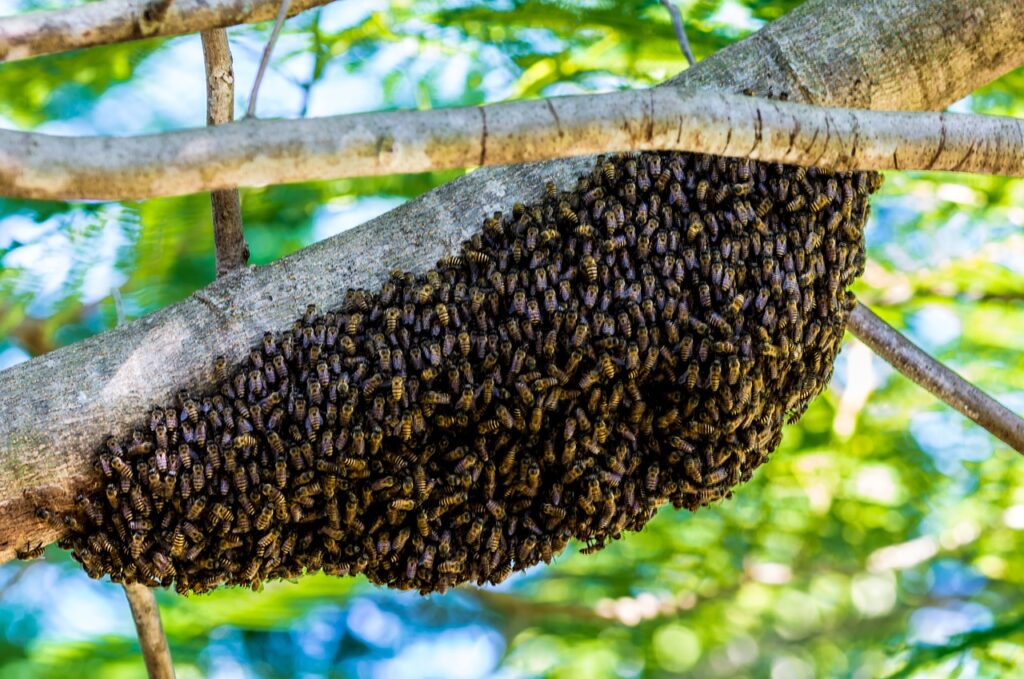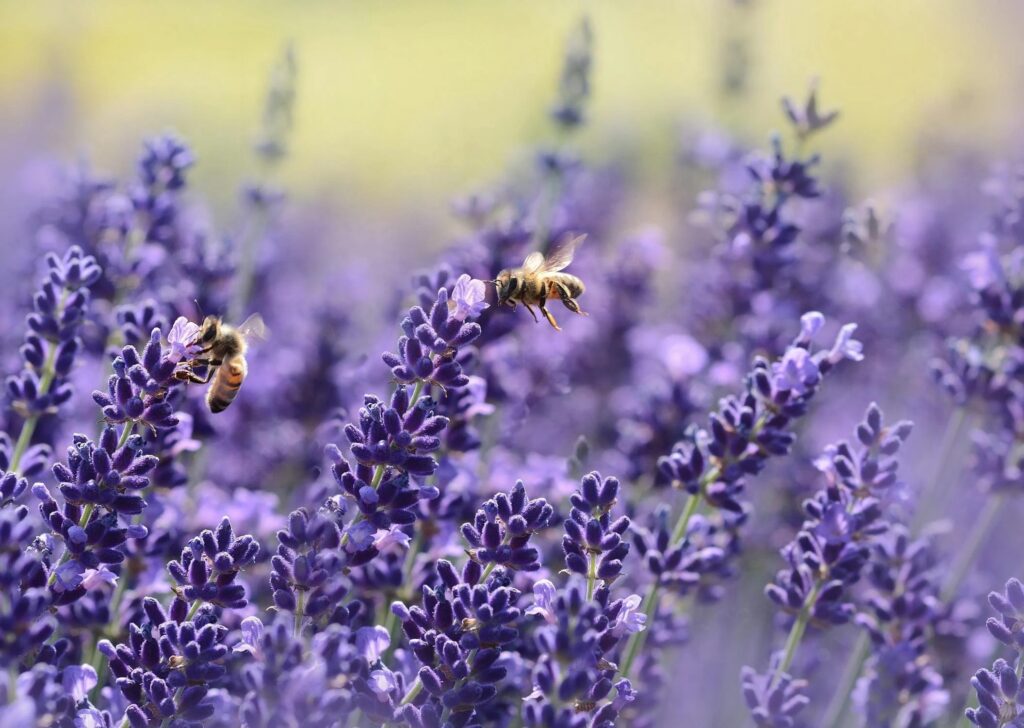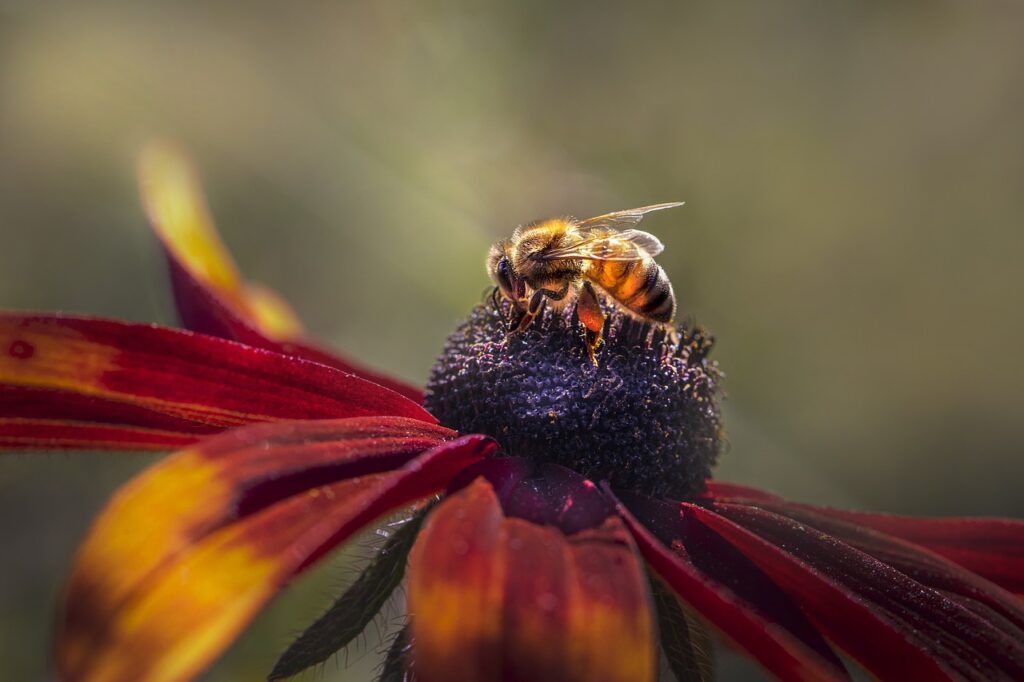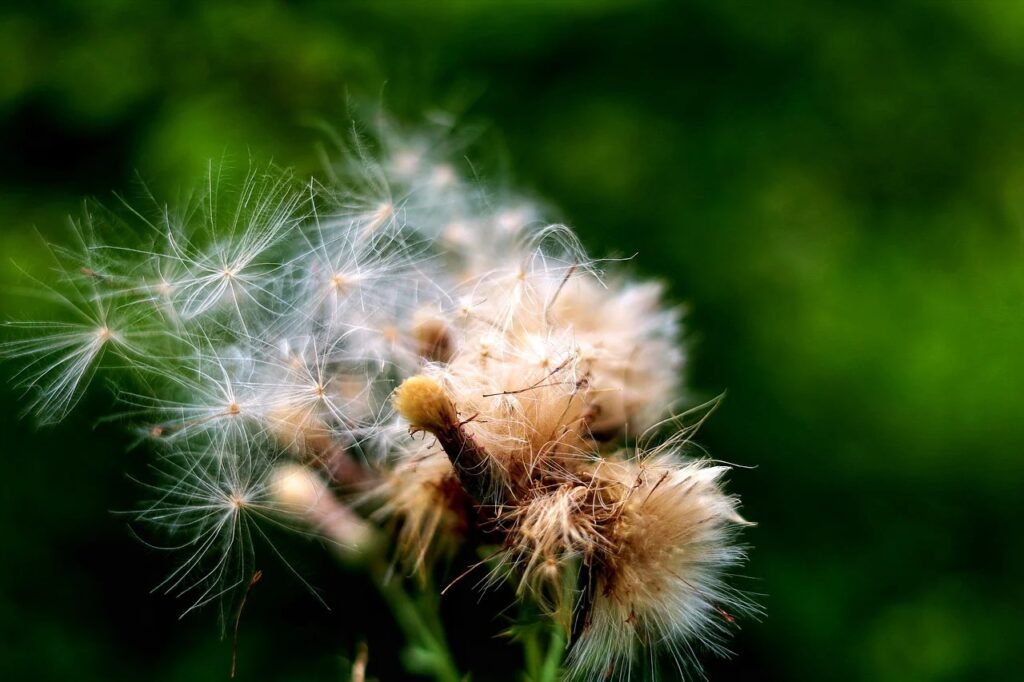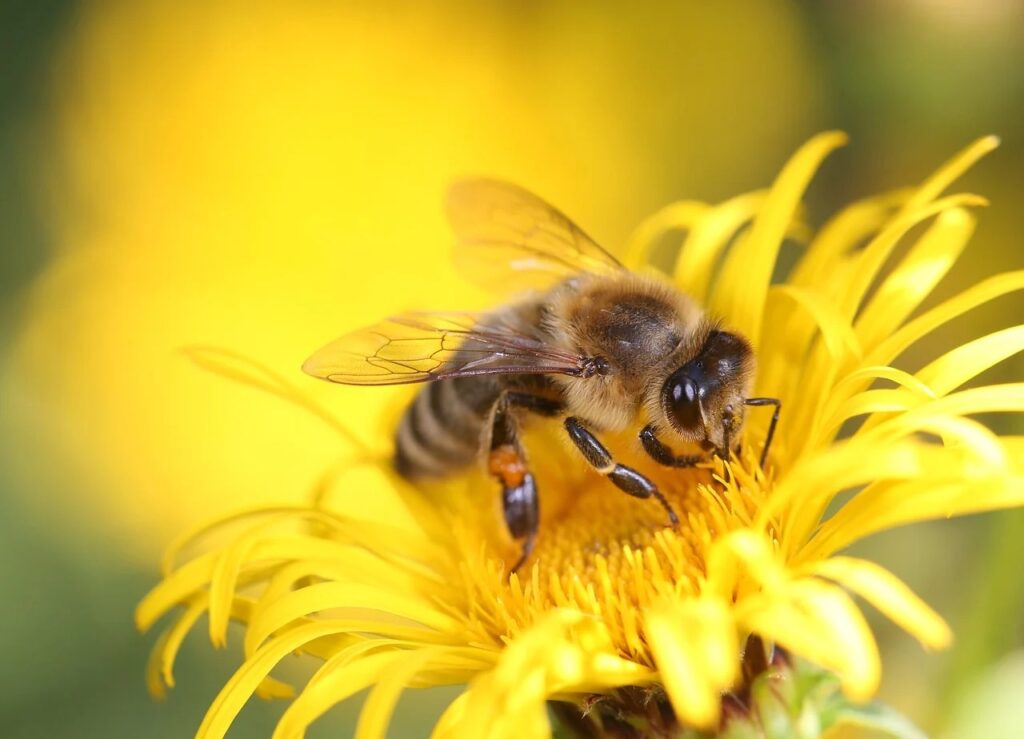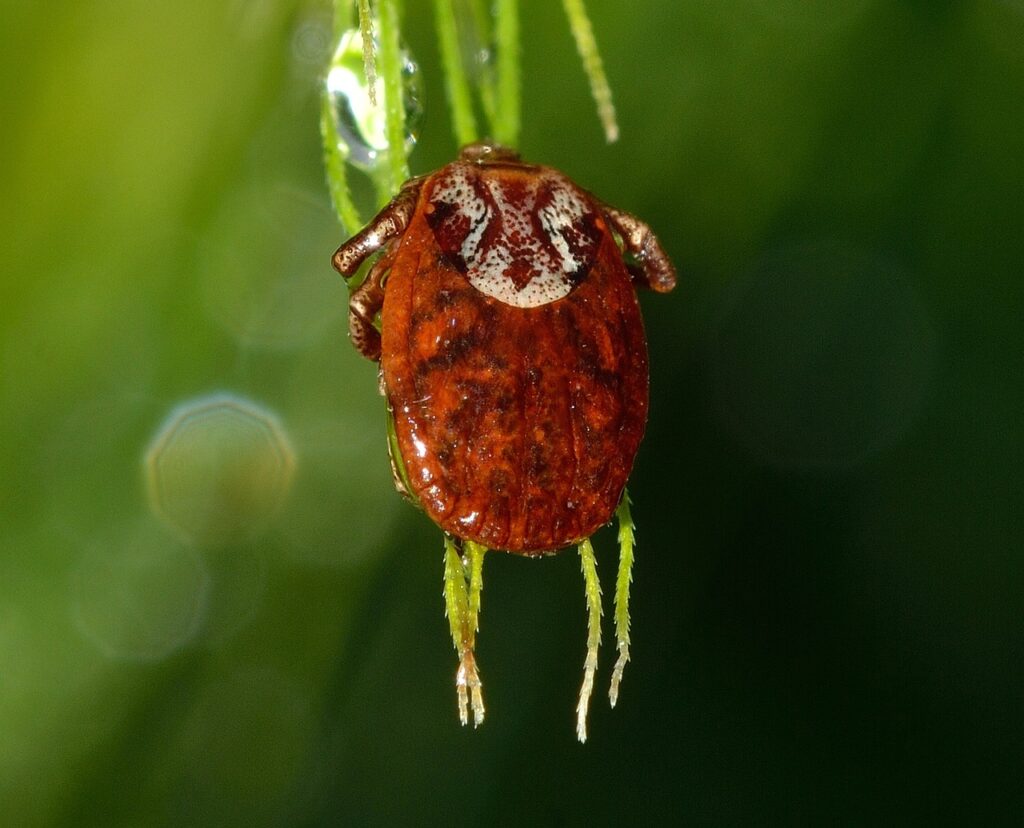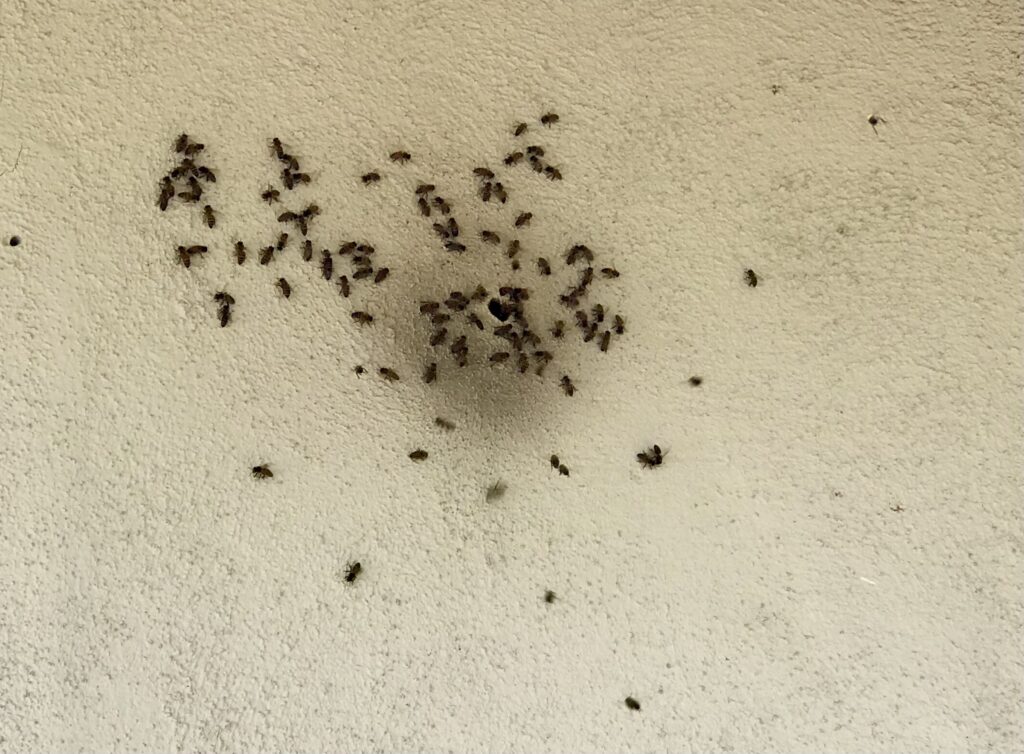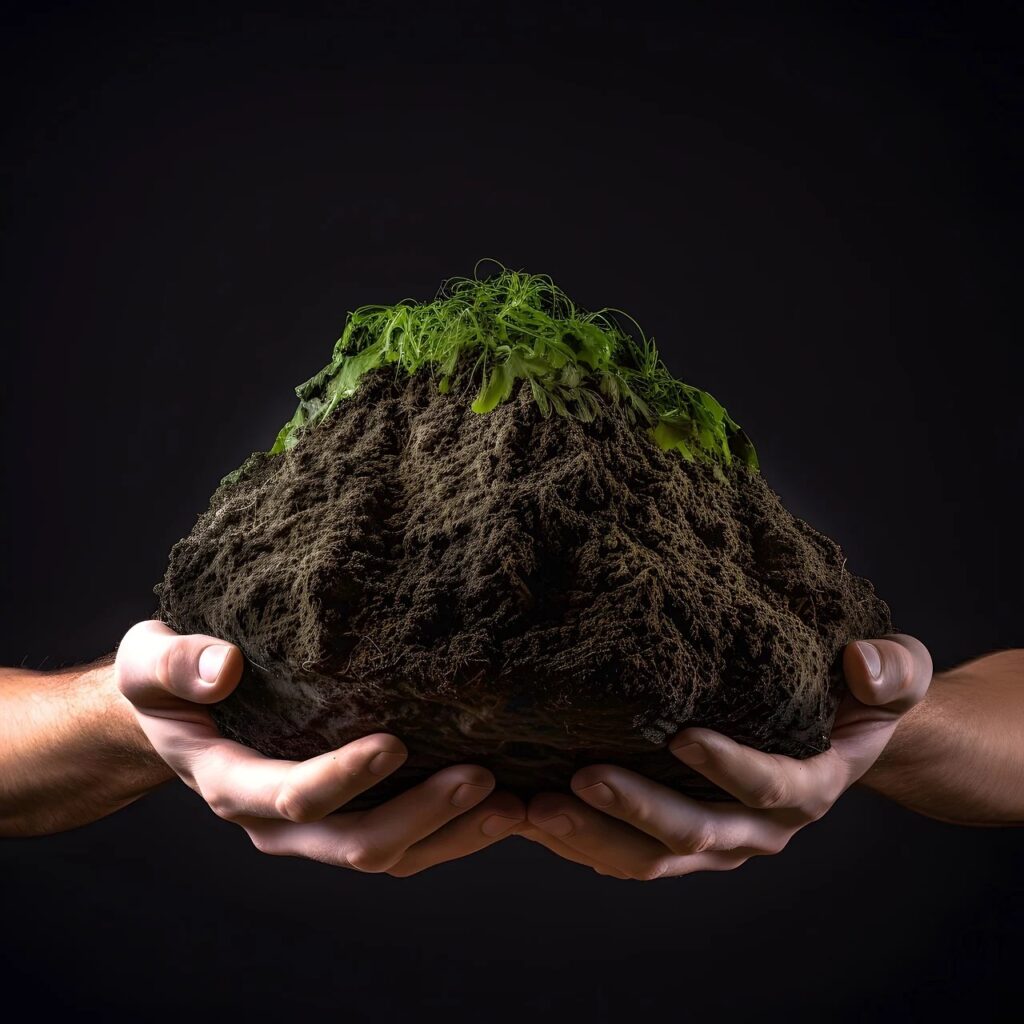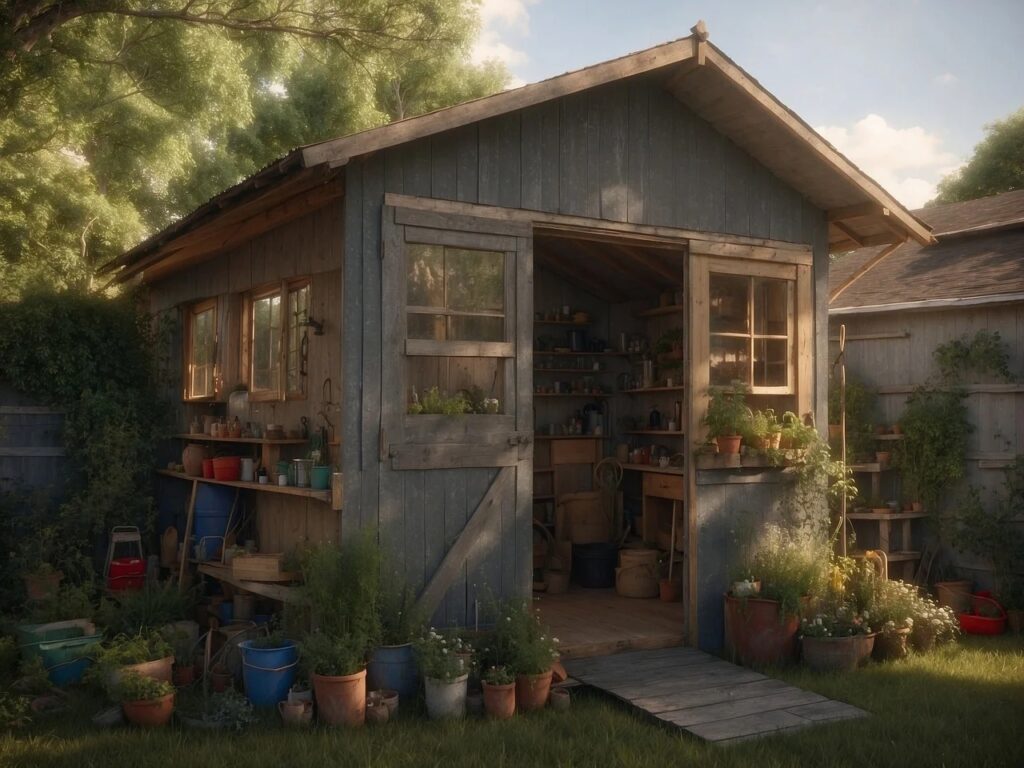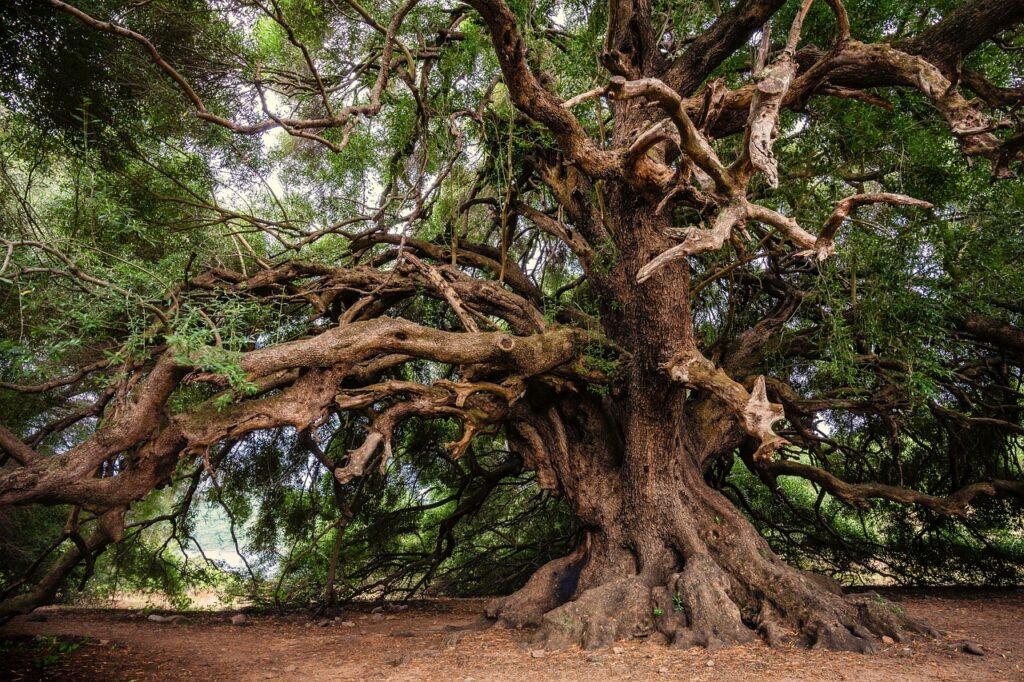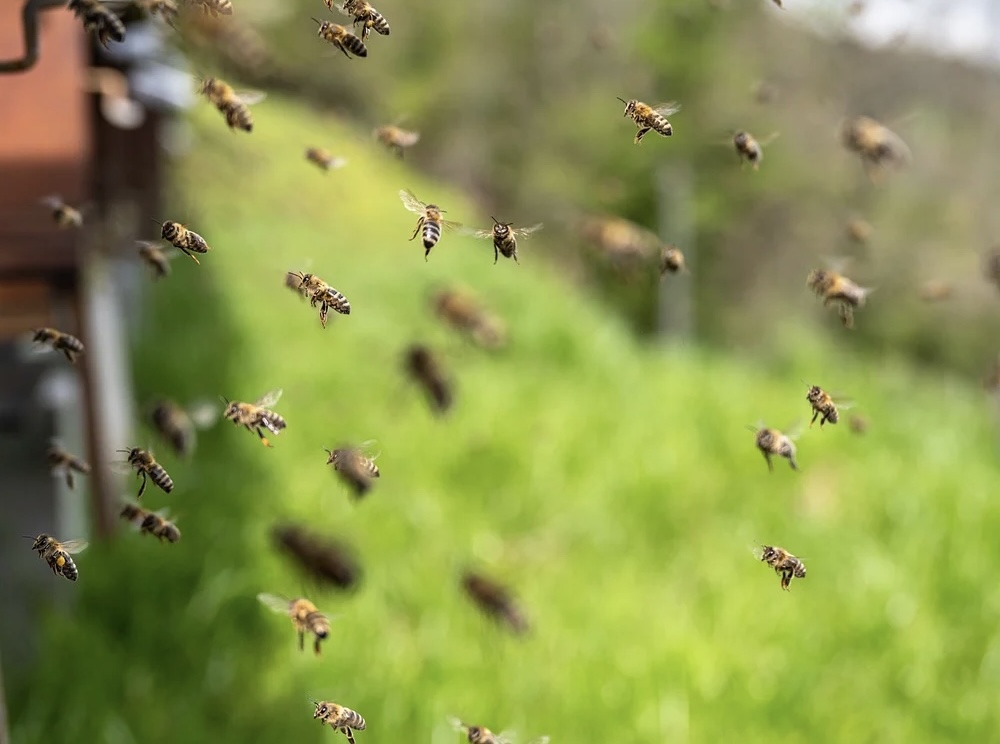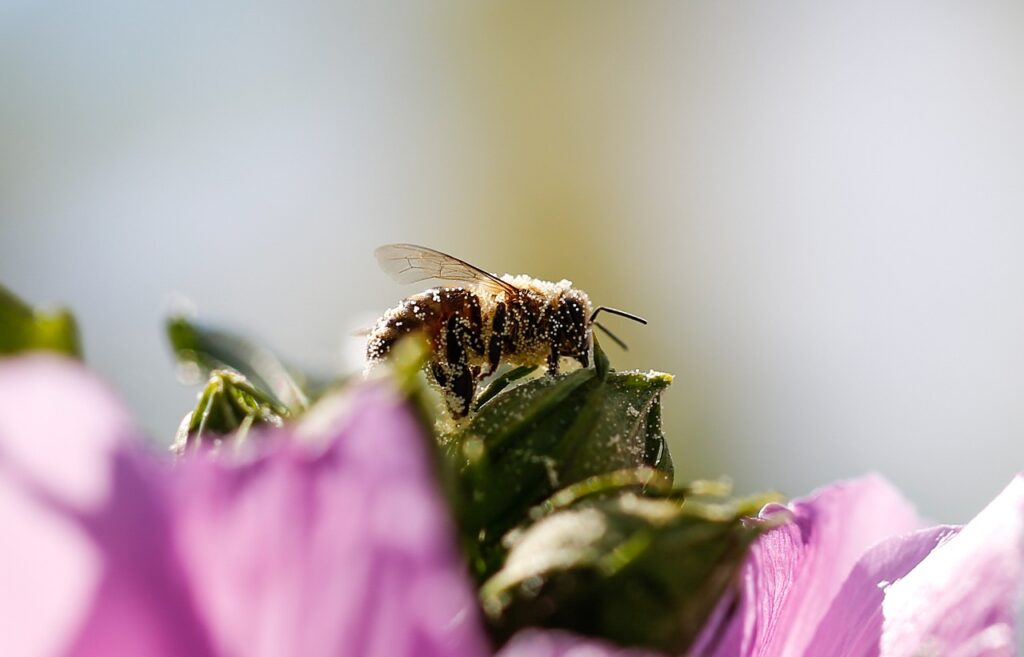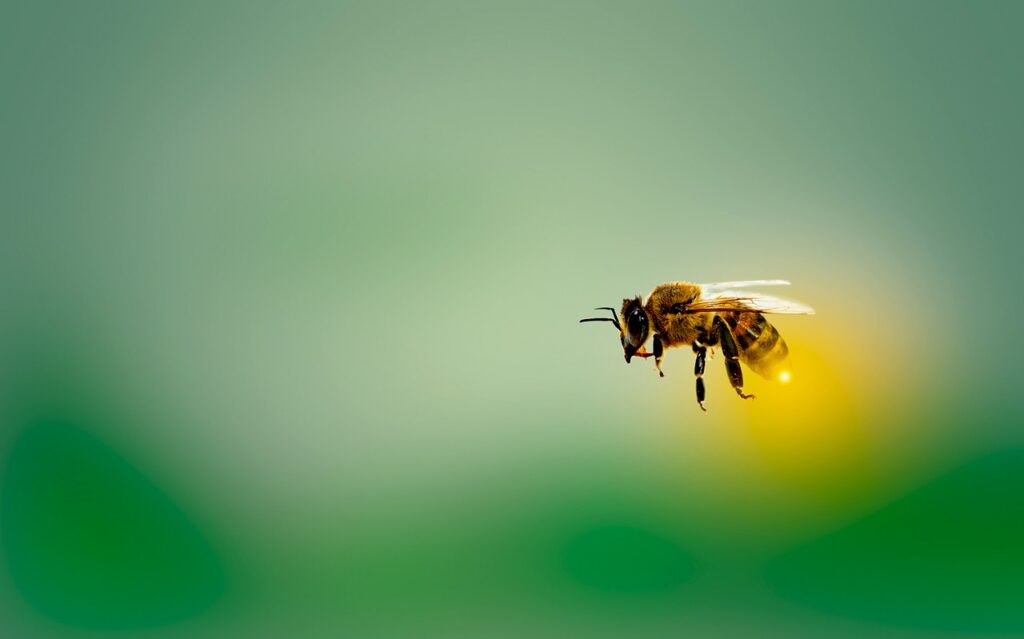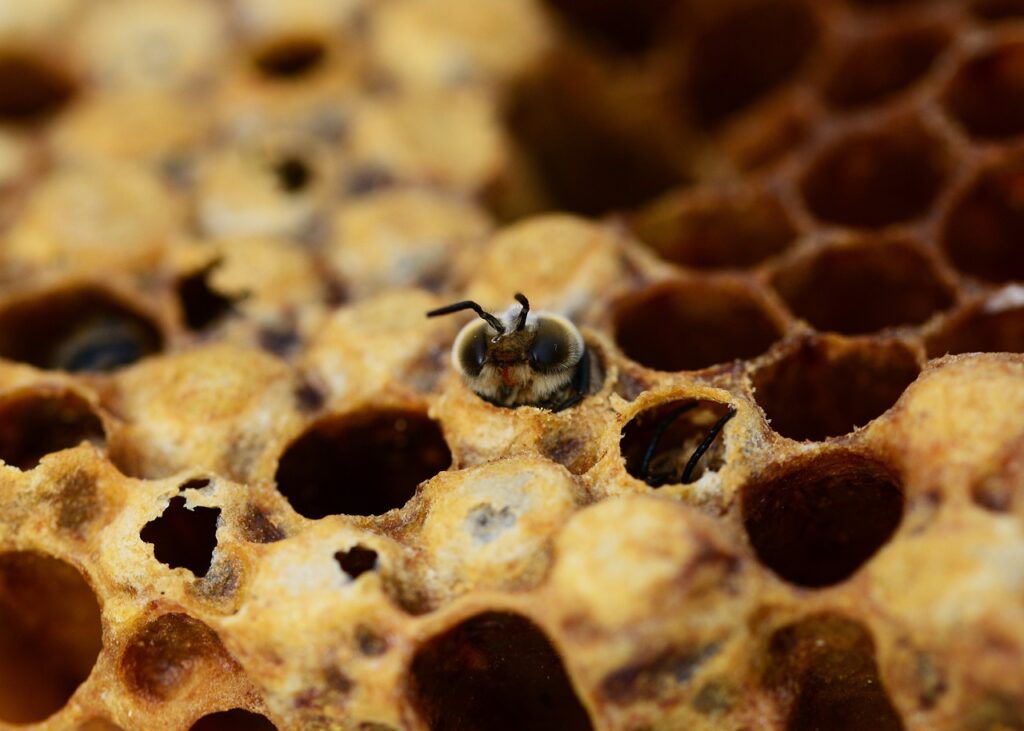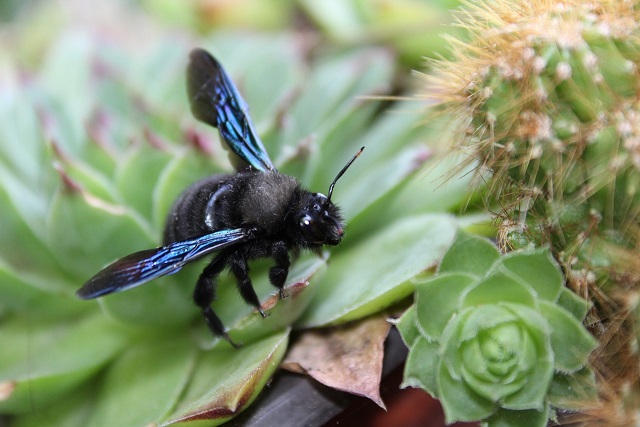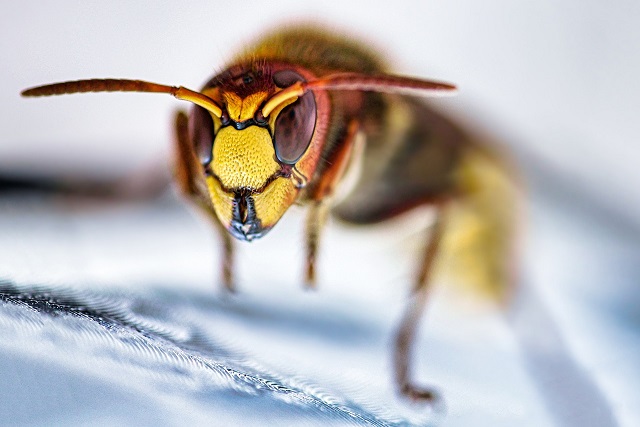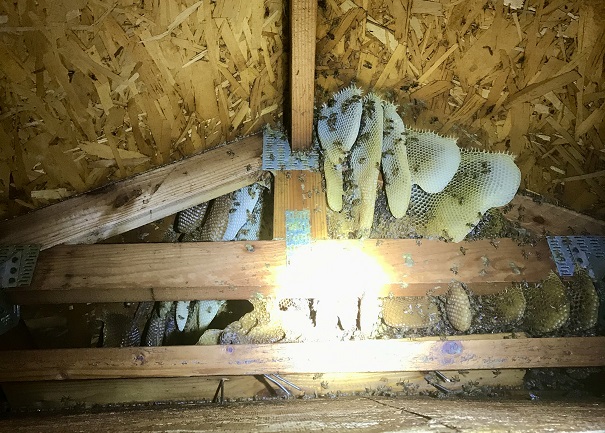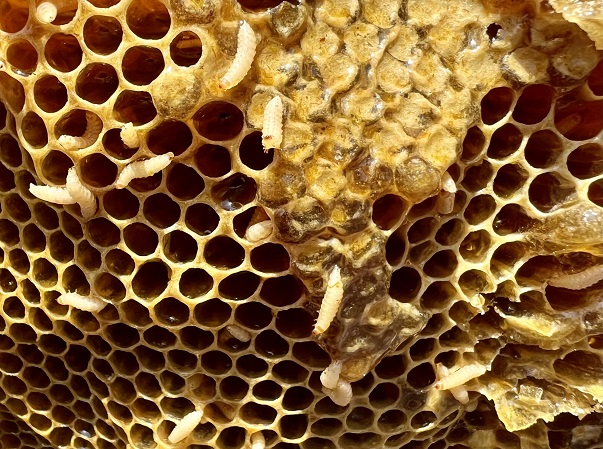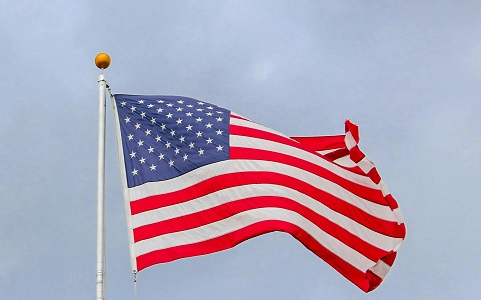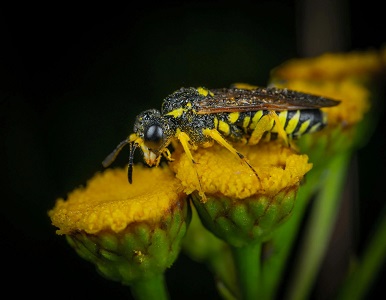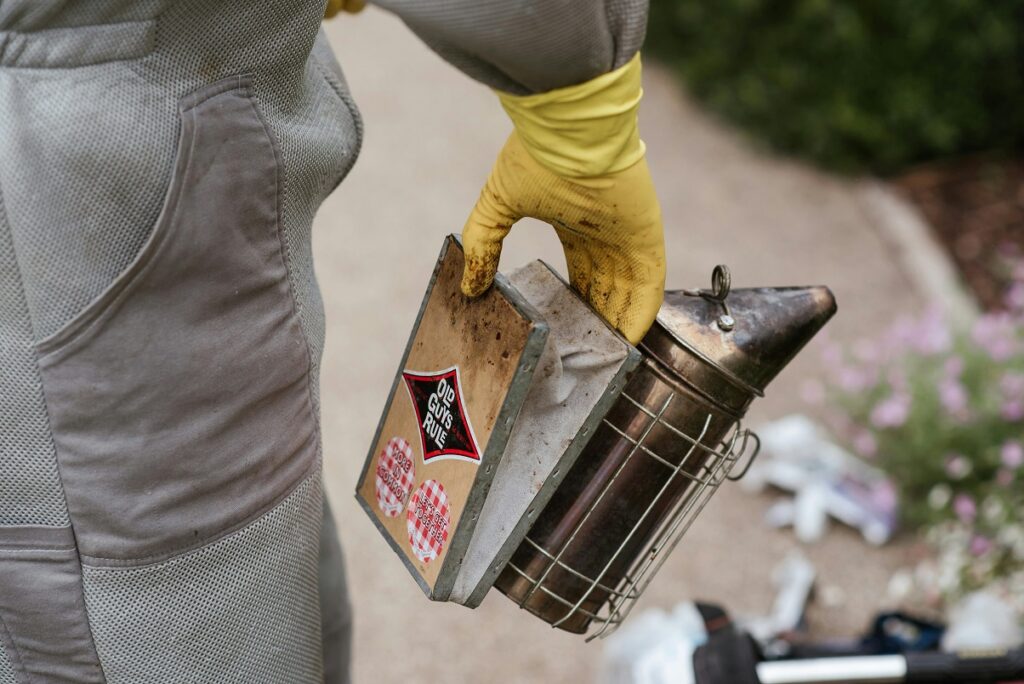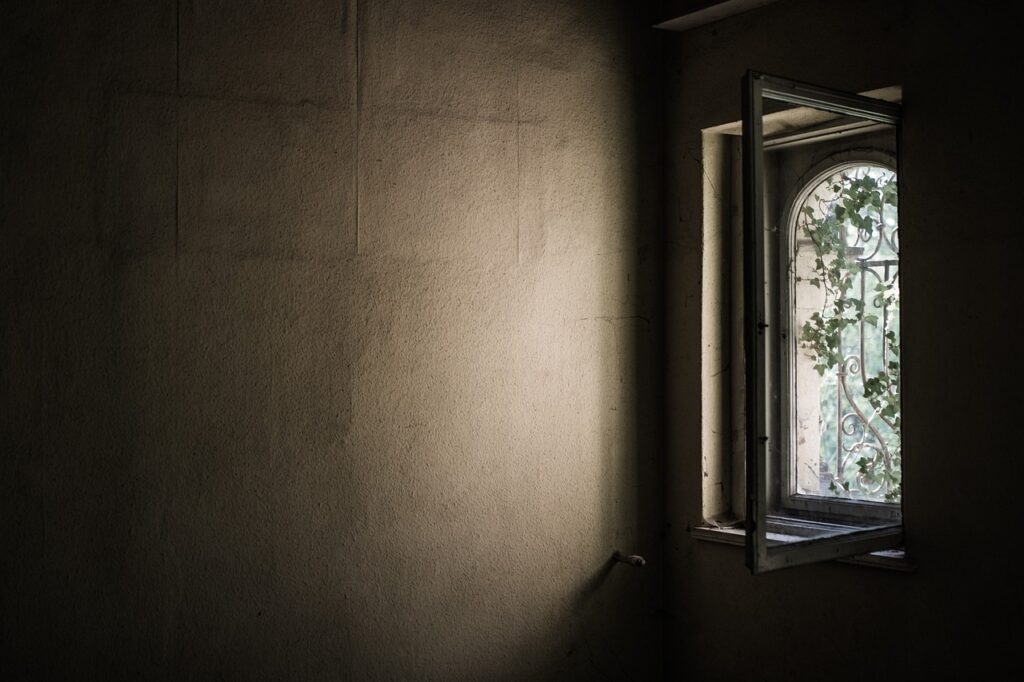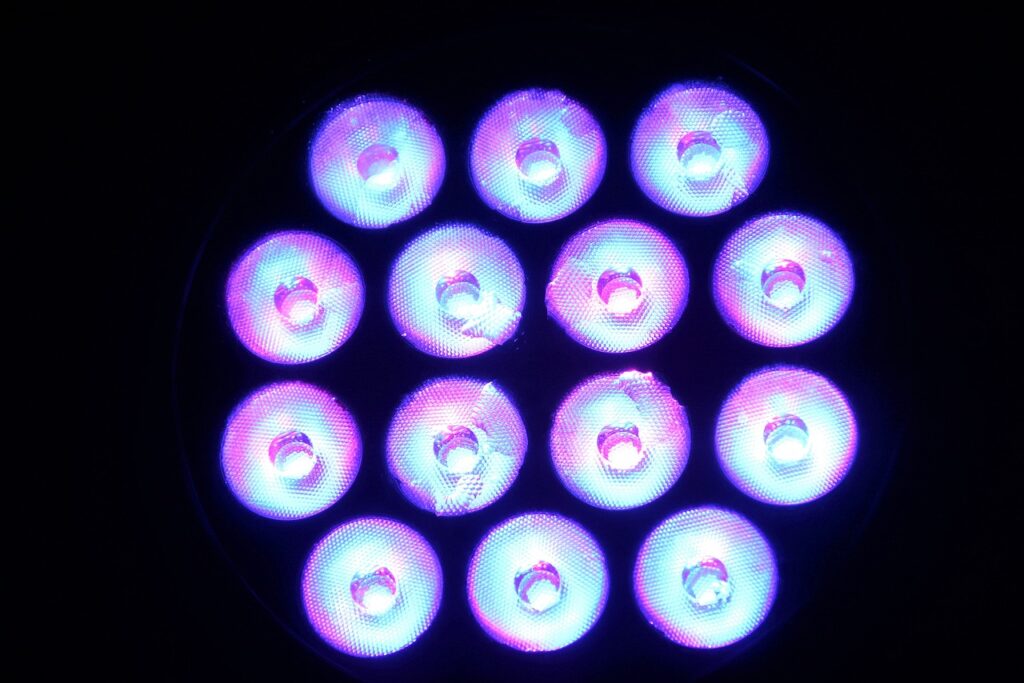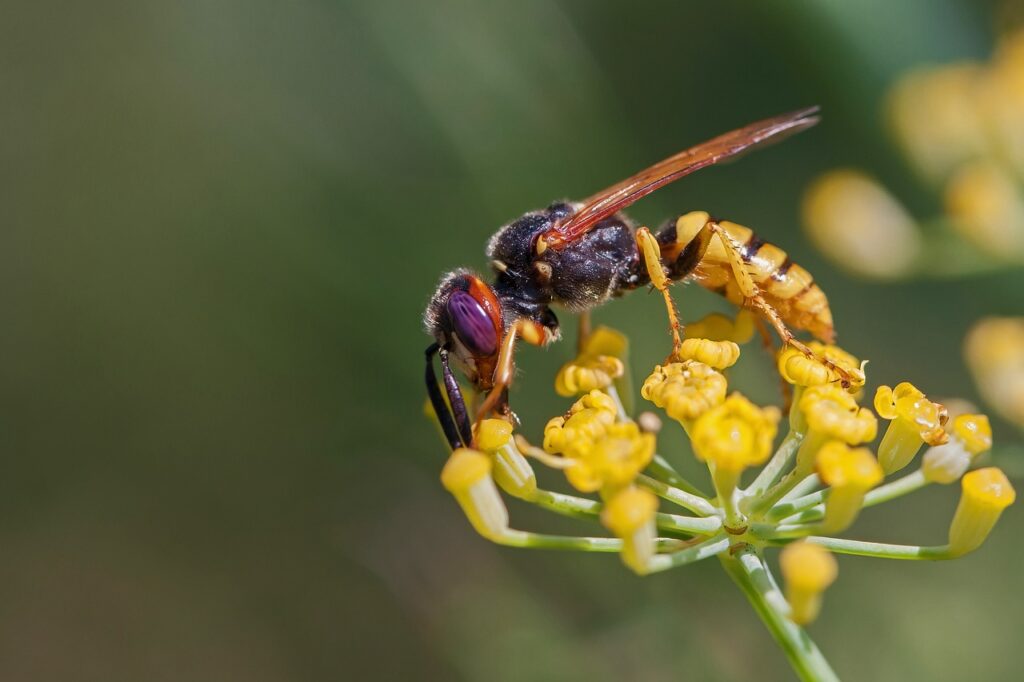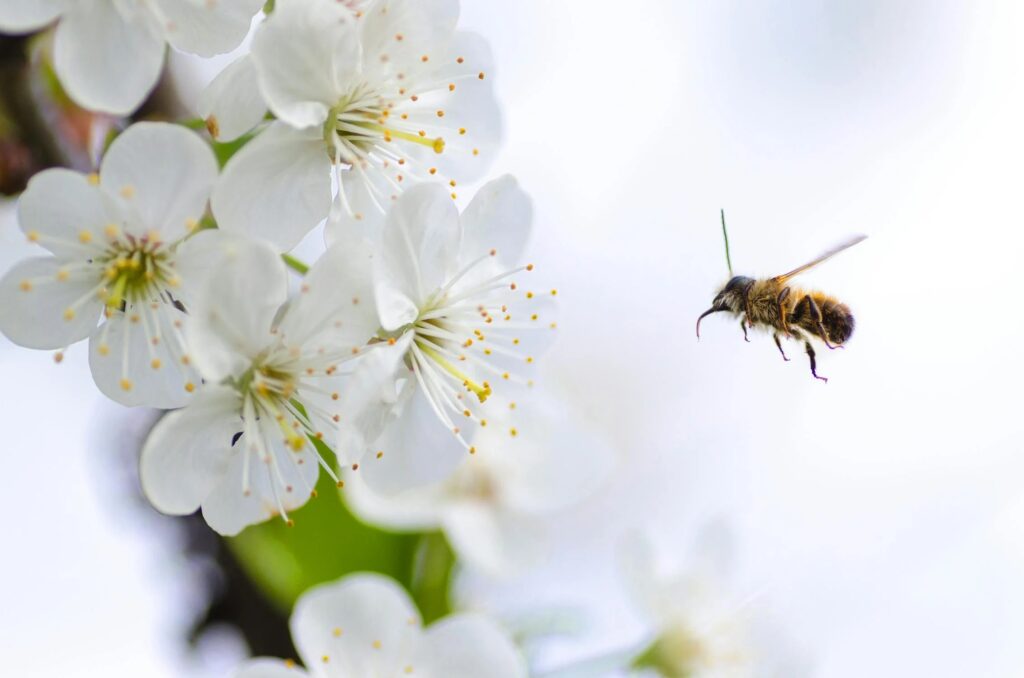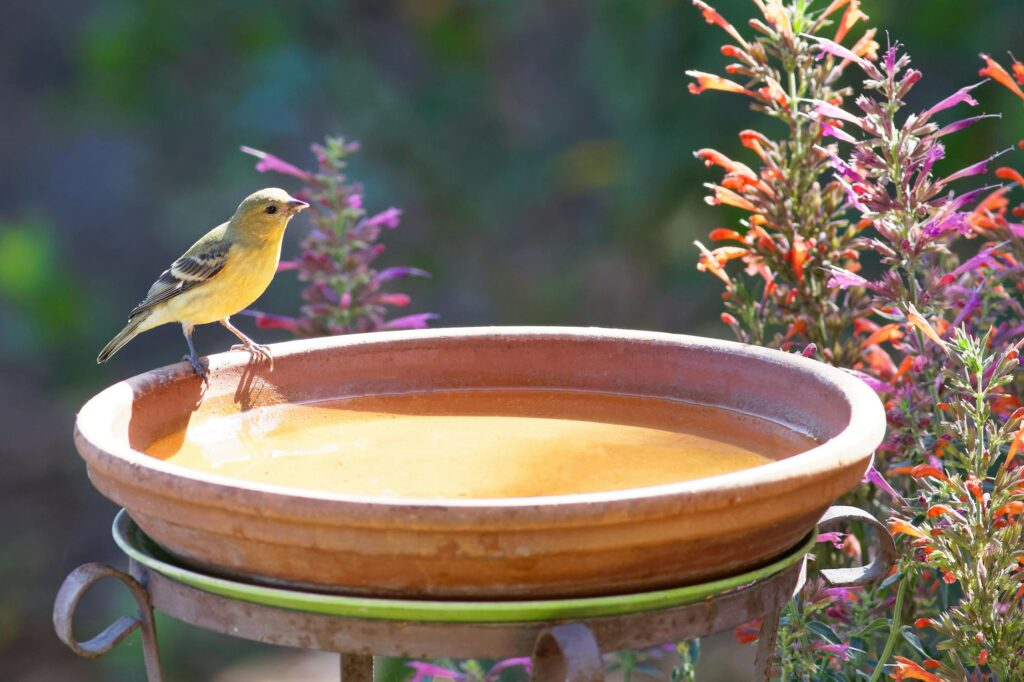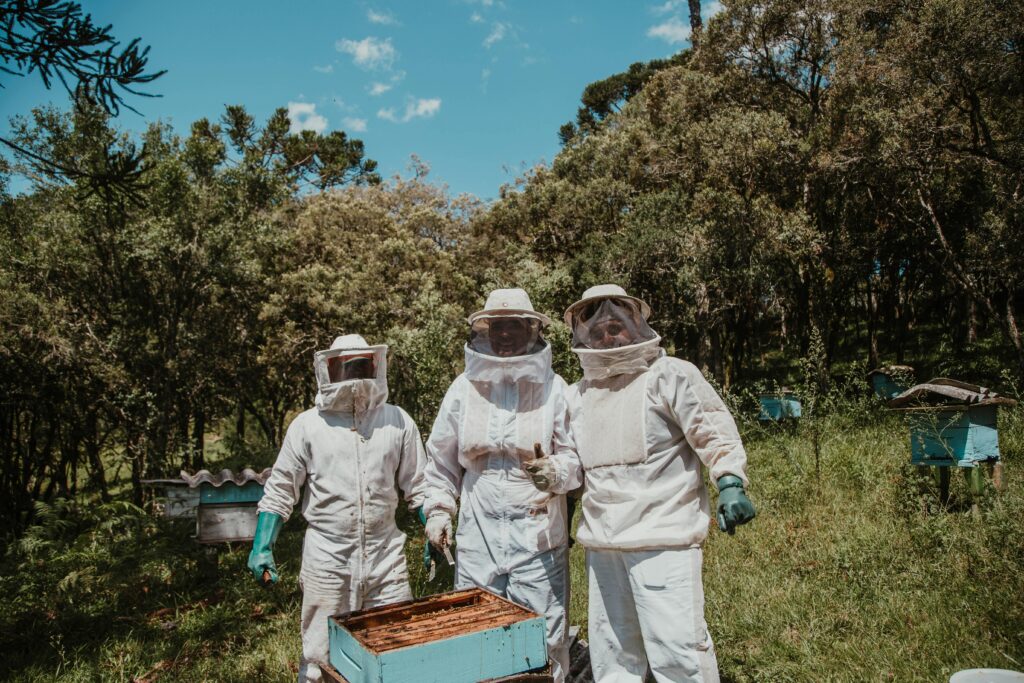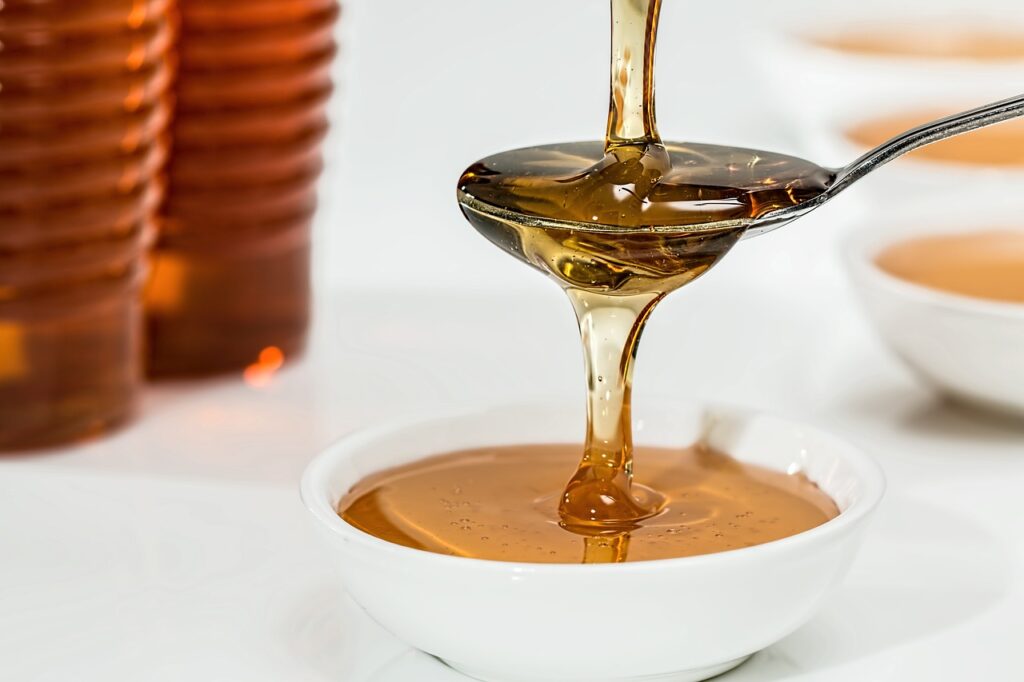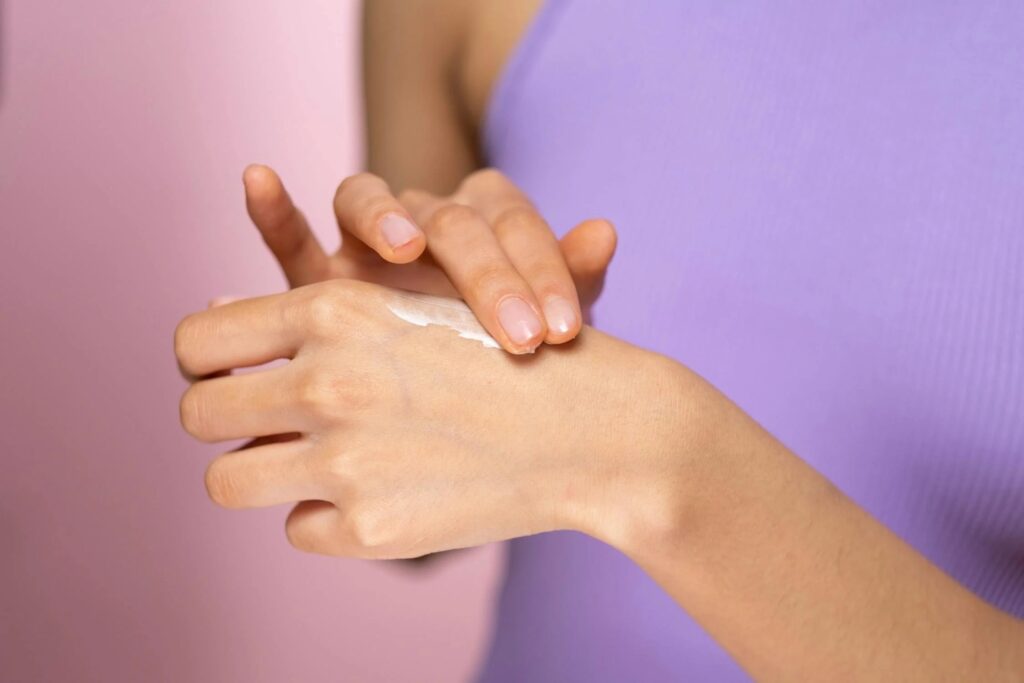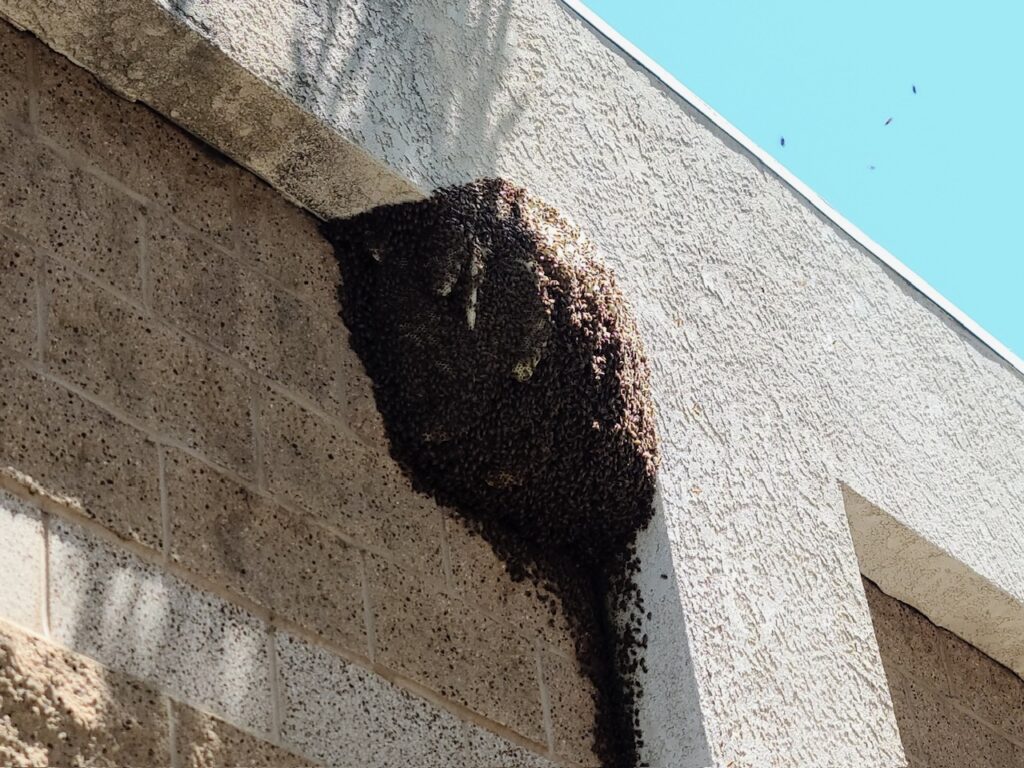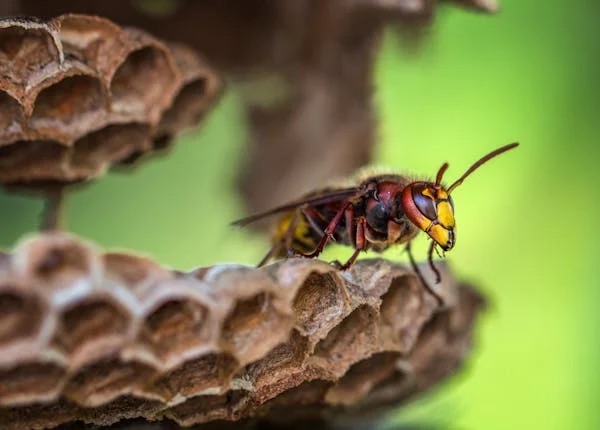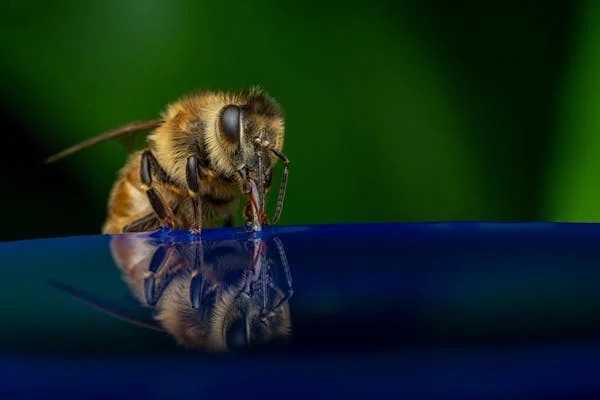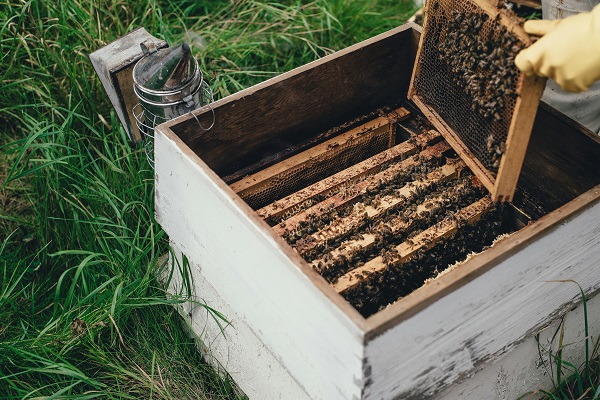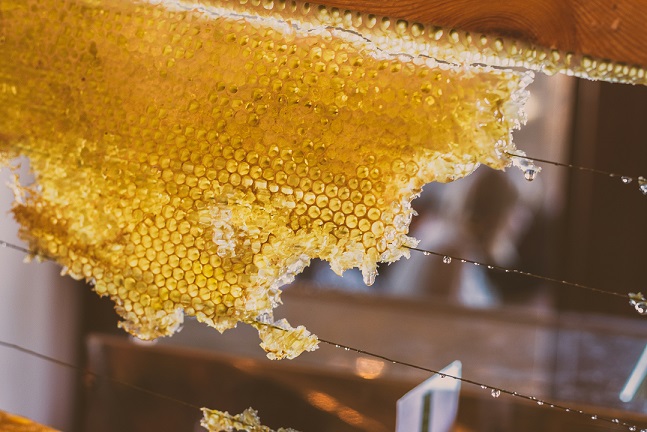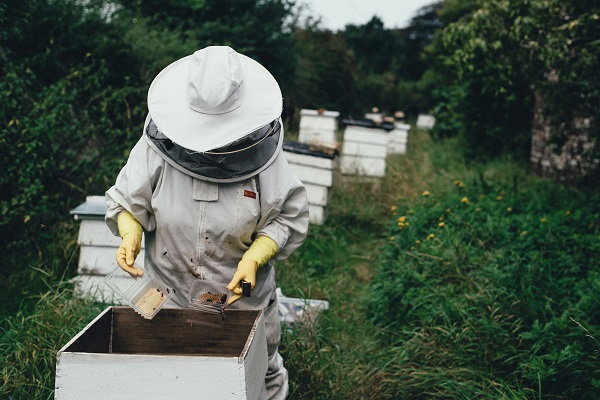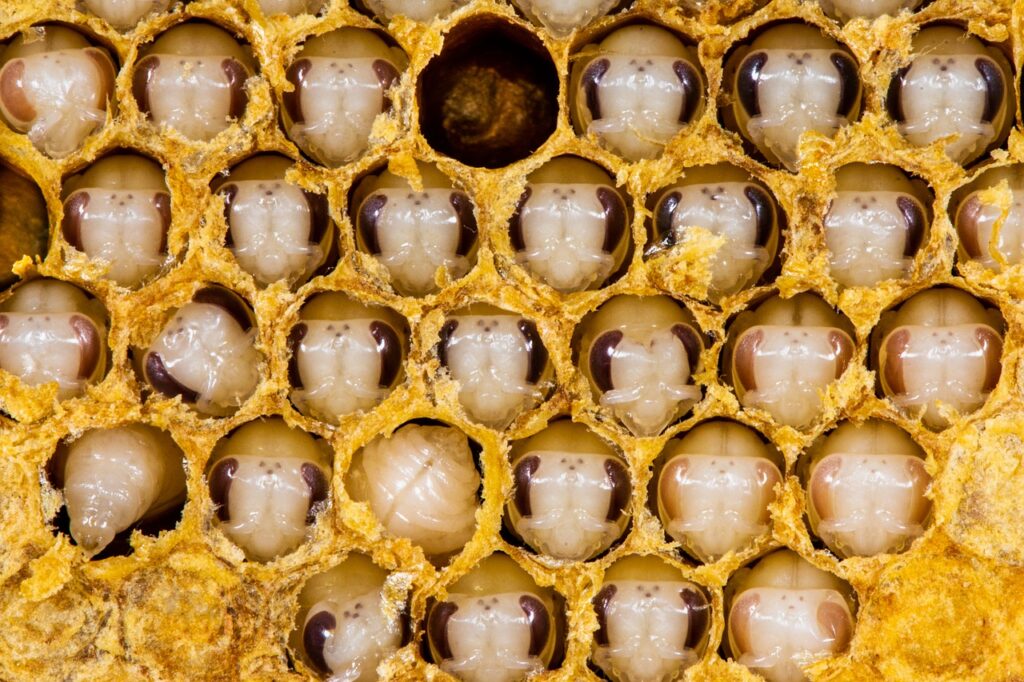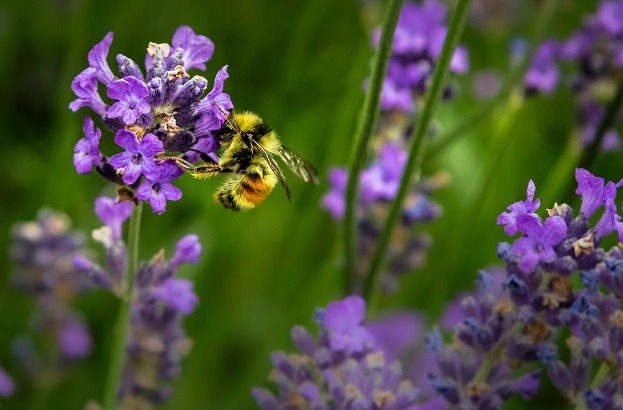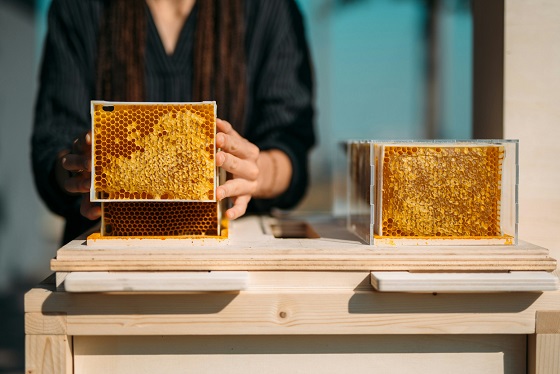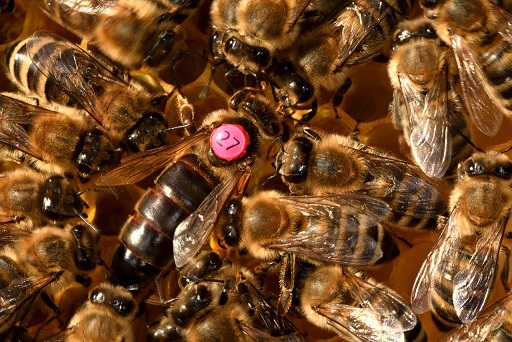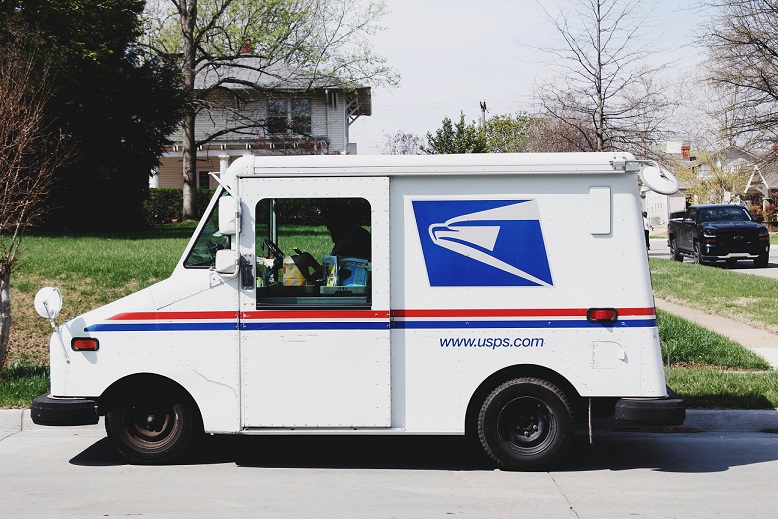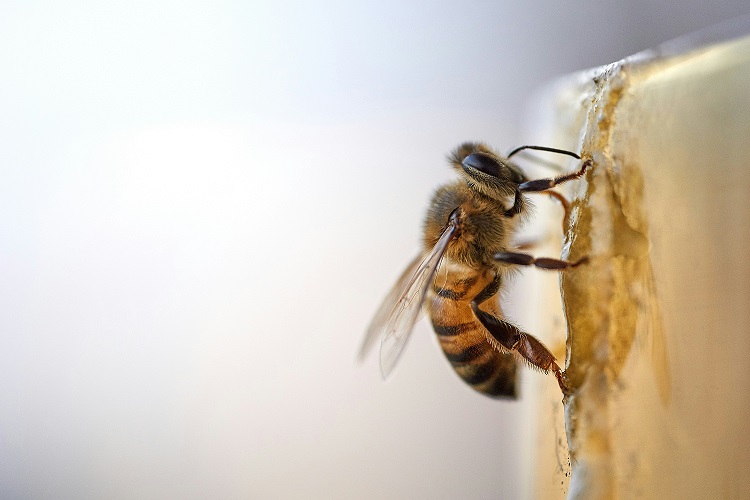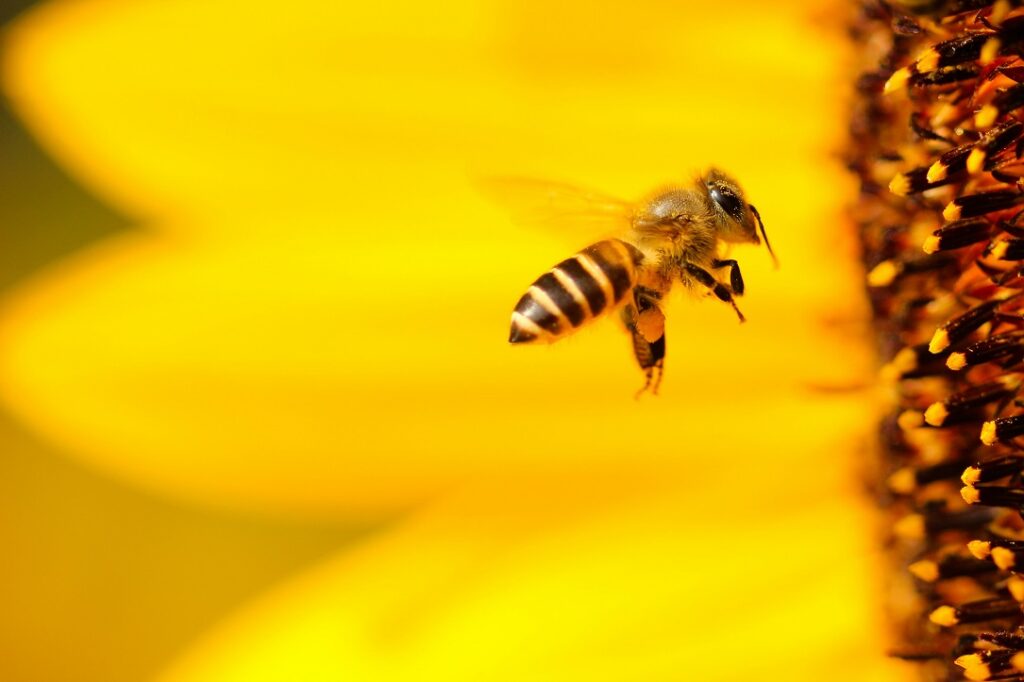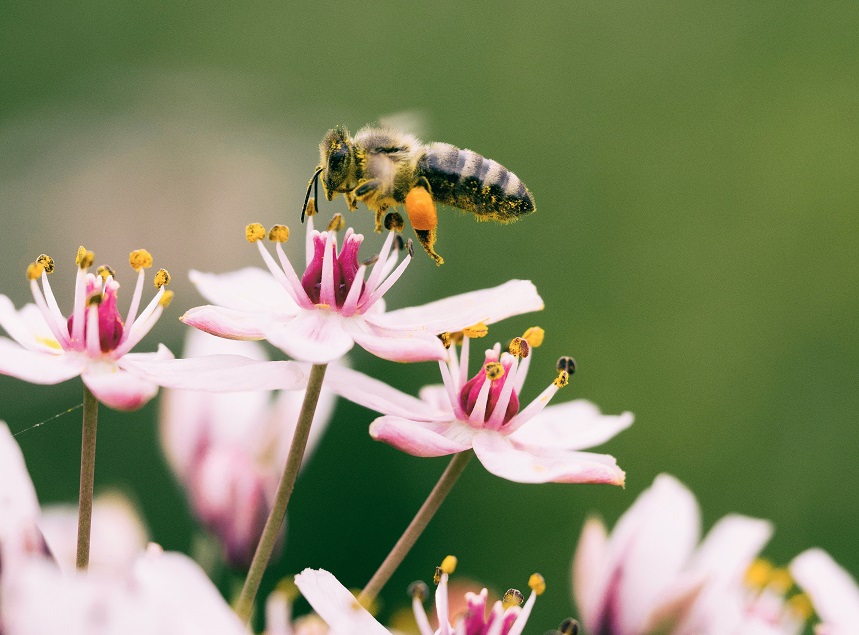Bee News
Water Fountain / Bird Bath
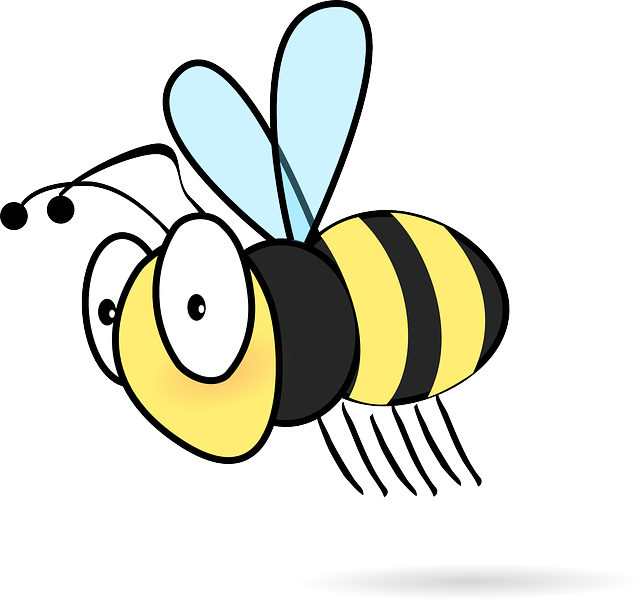


Bees are naturally attracted to water fountains for a few key reasons:
1. Hydration Needs: Bees, like all organisms, need water to stay hydrated. This is particularly important during the summer when high temperatures can dehydrate them quickly.
2. Hive Management: Water is essential for the functioning of the hive. Bees use water to cool the hive by spreading it on the hive surfaces and fanning it with their wings, creating evaporative cooling. They also use water to dilute honey for feeding larval bees.
3. Quality Water Source: Water fountains offer a consistent, fresh, and clean source of water compared to stagnant ponds or puddles, which may contain contaminants or pathogens. Bees are naturally attracted to these higher-quality water sources to meet their colony’s needs.
Managing Bees Around Your Water Fountain
If bees are becoming a nuisance around your water fountain, here’s a recommendation to redirect them:
Drain the Fountain: Temporarily draining the water fountain can discourage bees from using it as a water source.
Wait for Bees to Relocate: Bees will naturally look for alternative water sources when they find that their current source has dried up. This process generally takes about two weeks as bees have to scout new water sources and gradually shift their foraging habits.
Create Alternative Water Sources:
To assist bees in finding a new water source, you can set up a dedicated bee water station away from human activity. This could be as simple as a shallow dish filled with water and some floating objects like rocks or corks to prevent drowning. Place this new water source gradually farther from the fountain to guide bees away safely.
By temporarily draining the fountain and providing an alternative water source, you can manage the bees’ behavior, ensuring they still get vital hydration without interfering with human use of the fountain. After about two weeks, bees are likely to have changed their course and found new, sustainable water sources.
